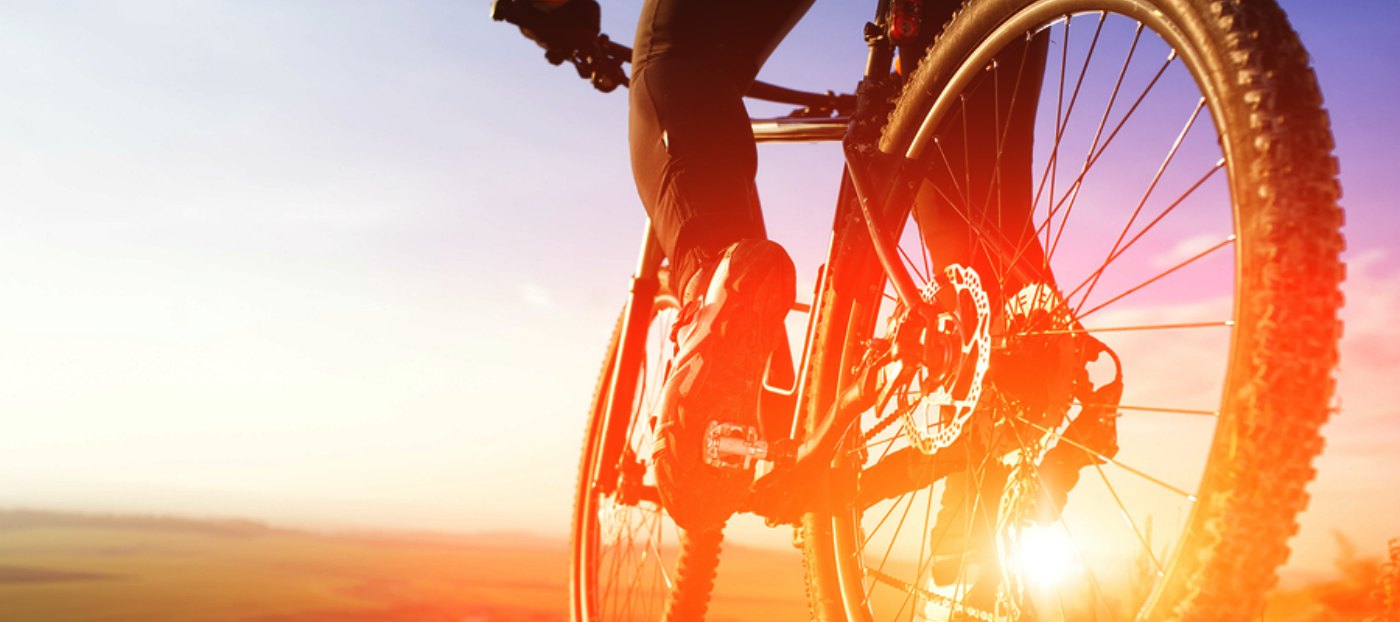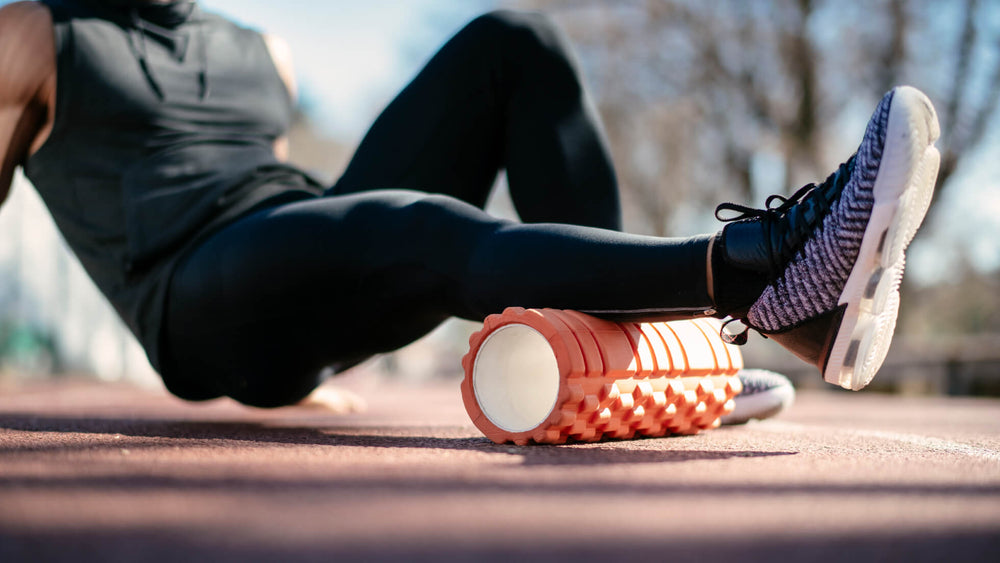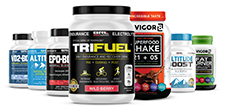Foot Injury Prevention Tips For Cyclists

Cycling is a low-impact sport, and yet many cyclists suffer from foot and leg injuries. Here are some quick tips to protect your lower extremities:
1. Cycling Shoes: These shoes are designed to increase efficiency while pedaling, so they are more rigid that other shoes. It is important that if you wear orthotics that you continue to wear them when cycling to keep your foot in a better position. If you do not want to purchase cycling shoes, make sure that you wear a stiffer hiking-type shoe.
2. Position of foot on the pedal: The ball of the foot should be positioned centrally on the pedal for the greatest comfort and efficency. The toes should not extend completely over the front of the pedal.
3. Pedal clips and clipless pedals: Toe clips help keep the foot in place when cycling. The most efficient way to ride is using a clipless method. Clipless pedals are similar to ski bindings: the shoes used with these pedals have cleats that connect to the pedal. This allows the rider to clip in and clip out. (But don't forget to unclip yourself as you dismount the bike!).
4. Seat position: The seat needs to be in the proper position for the rider. If the seat is too high, you will experience pain in the back of the knee. A seat that is too low can cause pain in the front of the knee. If the seat is positioned too far forward or backward, pedaling will be less efficient and will place additional stress on the knee. The angle of the knee should be about 35 degrees.
Disclaimer: BRL Sports does not provide medical advice iand suggests you seek medical attention if you are experiencing pain in the ball of the foot, shin pain, or knee pain and make sure that you have made the proper adjustments to your bike and shoes.
Take the next step in your training regimen: Try any BRL Sports supplement risk-free! If our natural nutritional products aren’t the best you’ve ever used, simply return your purchase for a 100% refund — no questions asked!
Also in Inspiration & Perspiration

High Altitude Supplements: Complete Guide to Training & Prevention (Altitude Sickness Solutions)
Support endurance and reduce altitude stress with supplements that improve oxygen efficiency, stamina, and recovery in high-altitude conditions.

Best Supplements For Runners: Complete Guide By Training Phase (Base, Peak, Taper & Race Day)
Discover the best supplements for runners by training phase—base, peak, taper, and race day—to boost endurance, recovery, and performance.

Creatine for Endurance vs. Sprint Efforts
Creatine isn’t just for power—learn how it boosts sprint speed, recovery, and endurance performance.


